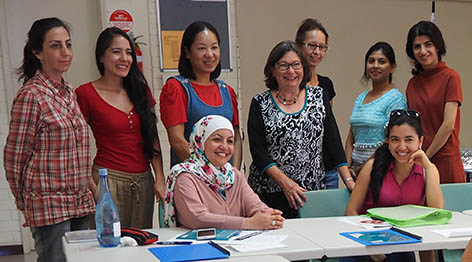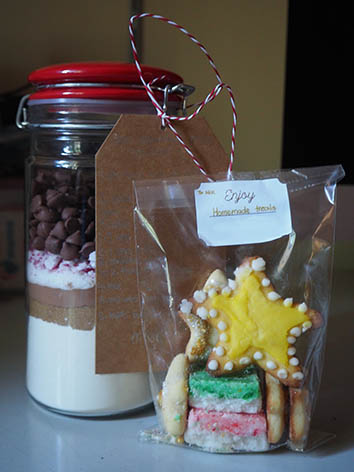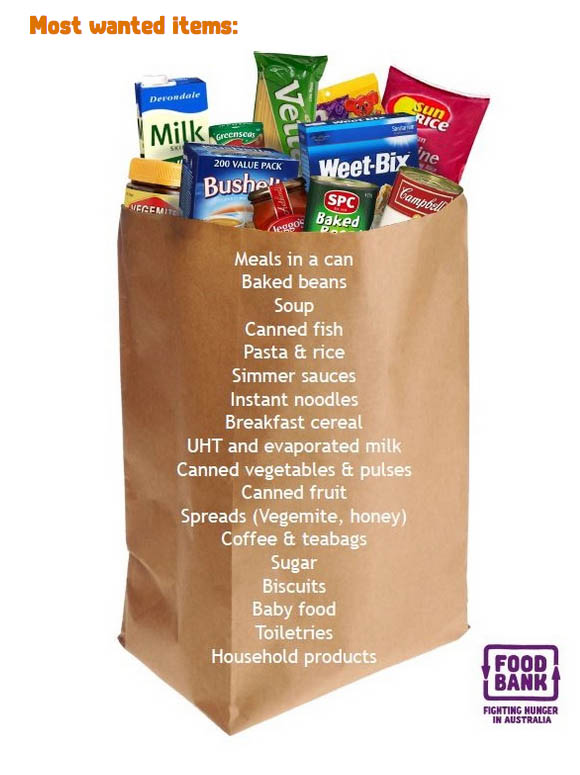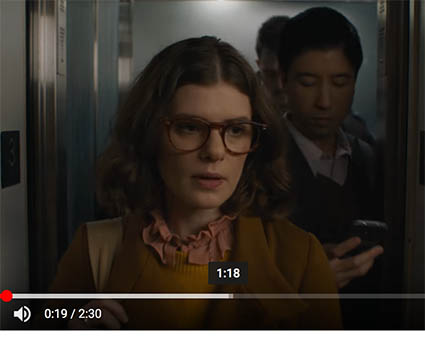Today saw the start of a trial series of community workshops at our local community centre. We’ve been very excited about these sessions, which are tailored to suit a specific clientele.
Broadly speaking, women from culturally and linguistically diverse (CALD) backgrounds face the double whammy of cultural diversity and gender when applying for jobs in Australia. This infographic from the Australian Bureau of Statistics shows a significantly lower rate of participation in the workforce on the part of this group compared to other women in Australia or, indeed, men from CALD backgrounds.

Once we’d identified this need, we wanted to provide a safe and supportive learning environment for women from CALD backgrounds who are interested in trying to jump that barrier and find jobs in Australia.
The notion of a safe space that’s also a learning environment resonates strongly. My experience and background have taught me that learning is most likely to be successful in complex situations if external interference is limited. And yes, of course the real world is full of complicated situations and the work environment is no different. But until we have the tools to deal with some of those situations, that’s almost beside the point.
So what is a positive space? In an artistic sense, positive space refers to the main focus or subject of a picture rather than the background – which sometimes called the negative space. Together these form the picture as a whole, but there are times when the subject of the picture needs all our focus in order to reach its potential.
Socio-cultural situations are no different – and this is where a positive (or safe) space fits in.
I believe this sort of space should be empowering. It should be somewhere that individuals, whether marginalized or not, can come together to achieve their goals without fear of judgement relating to age, gender, ethnicity, race or cultural context.
In the best of all possible worlds, these positive learning spaces – whether they’re at school, university, convention or community centre – should be inclusive, accessible spaces that can allow us to be who we are and provide a level of affirmation, support and care.
Does this concept open the door to misuse? Quite possibly. But the door that we’re trying to open is one in which an opportunity for best outcomes is created for the participants. In this scenario, we’re simply trying to provide a space from which people can then take a step forward into a future that they’ve imagined for themselves.
The workshops cover a wide range of topics, from generating a resume to interview techniques. It also provides an opportunity for participants to practise their spoken English, pick up on local slang and learn a little about the Australian workplace. I’m sure everyone will have fun exploring just what can be achieved over the next few weeks.










